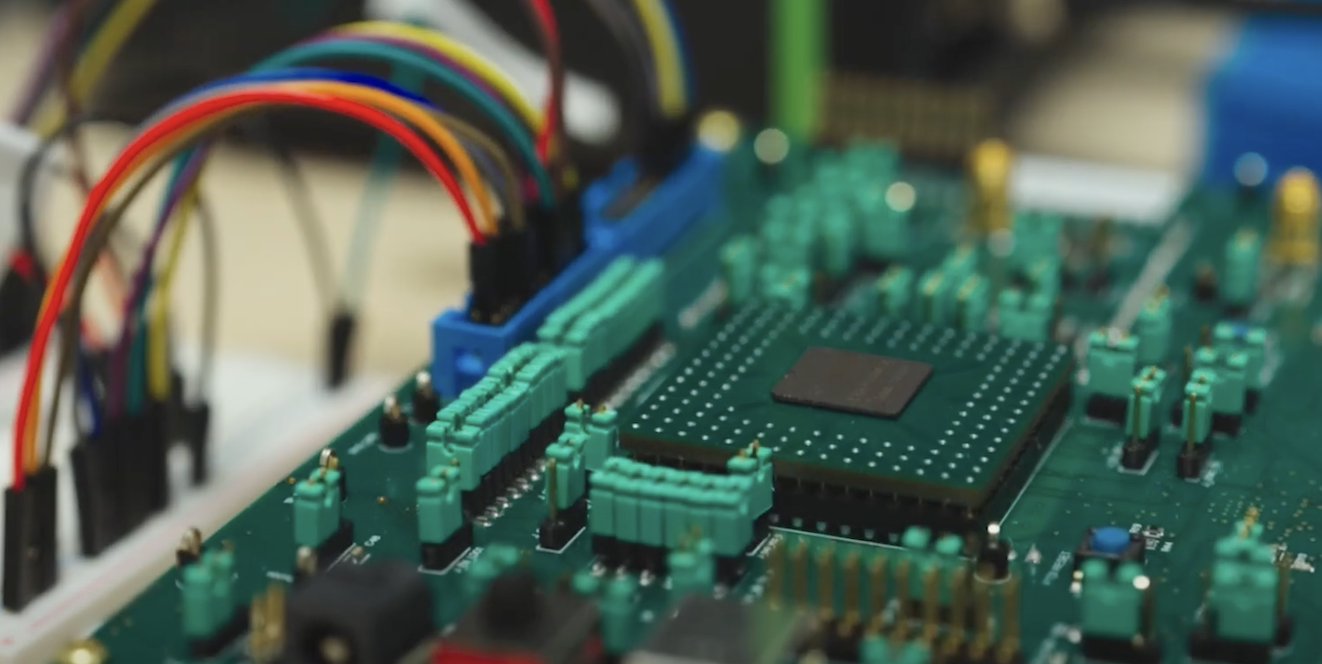
Quantum computing promises to deliver vast increases in processing power. The technology exploits the properties of quantum mechanics to create revolutionary increases in performance. Medical and material science research are examples of fields that will see dramatic improvement when production-worthy quantum computers arrive.
Unfortunately, all existing data encryption will also become much easier to defeat when this happens. This is still in the future, but it is clearly coming, and vast efforts are underway to prepare for it. PQShield is part of this effort.
The company brings together a world-class collaboration of post-quantum cryptographers, researchers and engineers. Its technology includes hardware, software, firmware and research IP.
Recently, PQShield achieved a significant milestone, by building the first ever post-quantum cryptography test chip. Let’s look at some of the details behind how Team PQShield have done this, and what this development means in the field of post-quantum cryptography.
Why is this Significant?
In a recent video, Ben Packman, PQShield’s Chief Strategy Officer and Graeme Hickey, VP Engineering discuss the new test chip.
It’s noteworthy because NIST (the National Institute of Standards and Technology) has a major effort underway to develop a blueprint for the world to update cryptography, ready for the post-quantum era. New standards have been published, and the entire semiconductor supply chain is already anxious to get to work on implementation. Up to now that work has relied on simulation and FPGA prototyping.
With PQShield’s new test chip, the new NIST standards can be evaluated in a way that closely resembles the final production environment. Hardware and software can now evolve in lockstep, allowing for much better validation and faster progress.
About the Video
In this short video, Ben and Graeme from PQShield talk through the development of the test chip. The chip contains the complete PQPlatform catalog of IP offered by PQShield, in a package that can be programmed for a wide range of uses. Graeme points out that the test chip allows a deep dive into areas such as power utilization, performance, and the efficiency of Side Channel Analysis (SCA) countermeasures designed to defend against physical detection of cryptographic secrets. The test chip will provide important information and insights.
I recommend watching the video to get the full impact of this work. Ben Packman points out that the test chip has been completed before many of the NIST standards were finalized and wonders how the chip could therefore be compliant. Graeme explains that the use of hardware/software co-design in the development of the chip allows new standards (both now and in future) to be loaded into the hardware via firmware, and that the platform is likely to continue to provide substantial value going forward.
To Learn More
You can learn more about PQShield and its comprehensive approach to post-quantum cryptography, on SemiWiki. If you’re contemplating post-quantum additions in your next design, the video is well worth watching from the PQShield website. And that’s how PQShield builds the first-ever post-quantum cryptography chip.
Share this post via:






Comments
There are no comments yet.
You must register or log in to view/post comments.